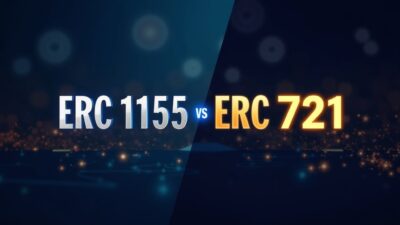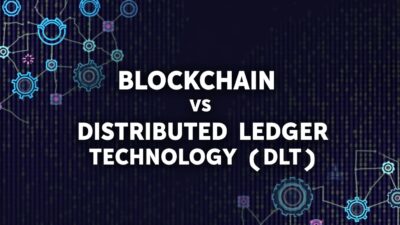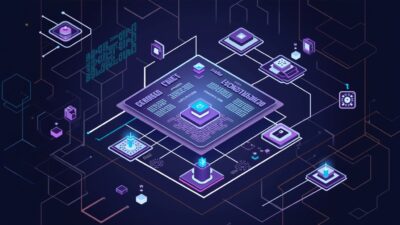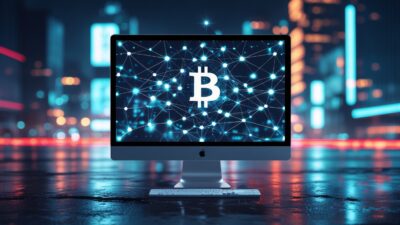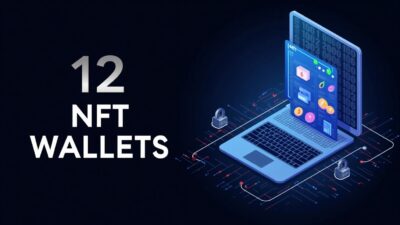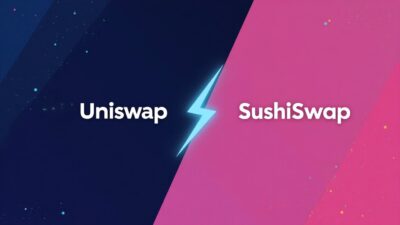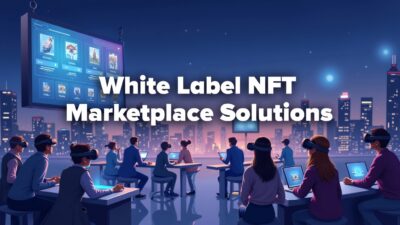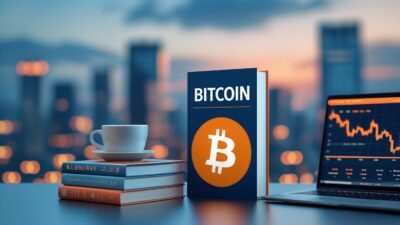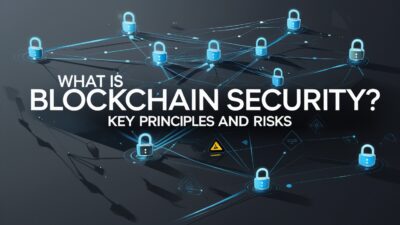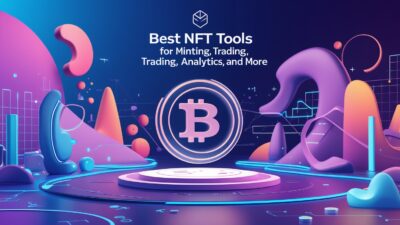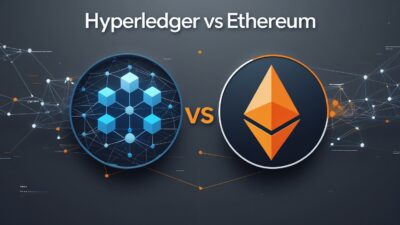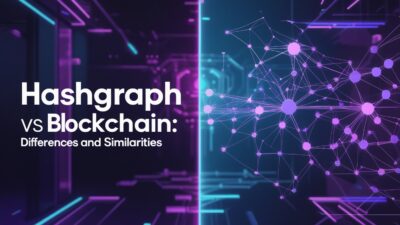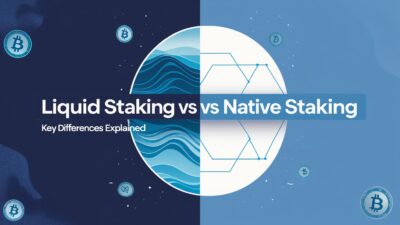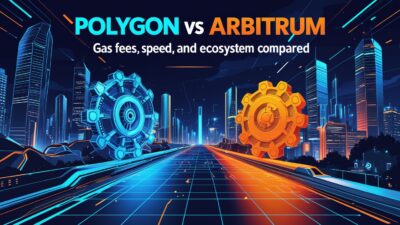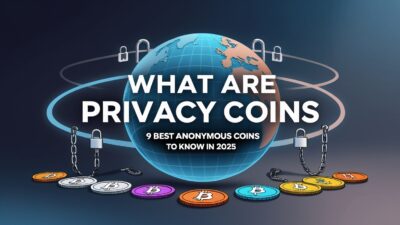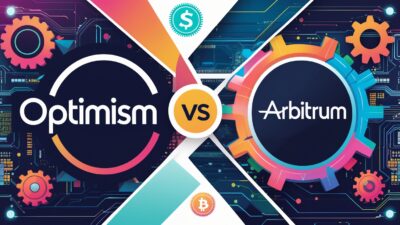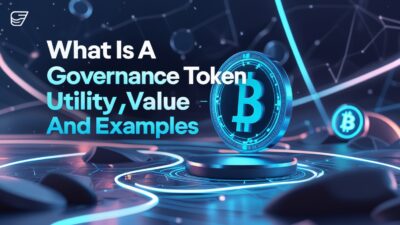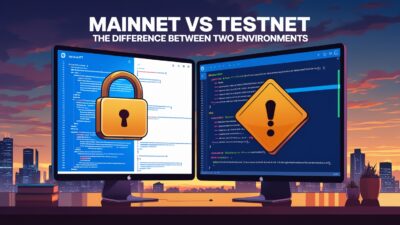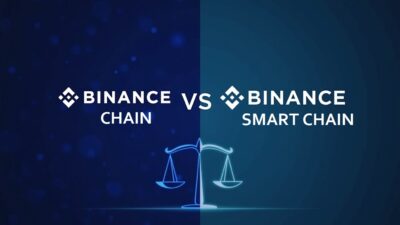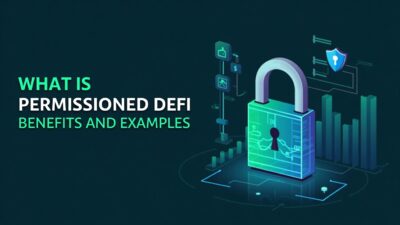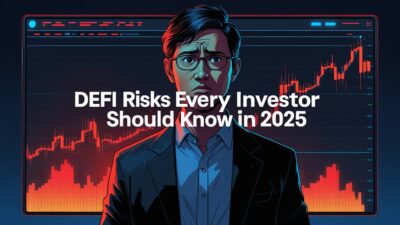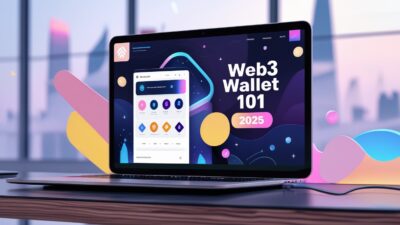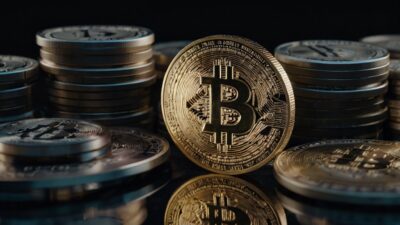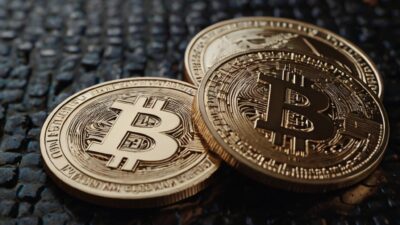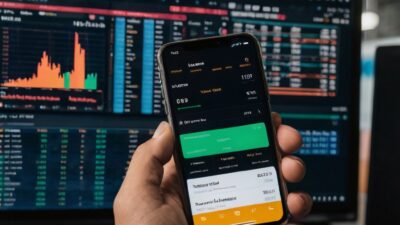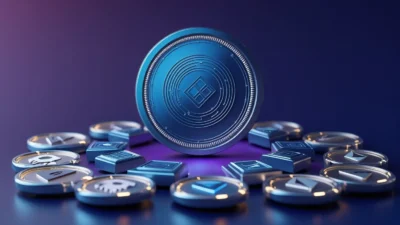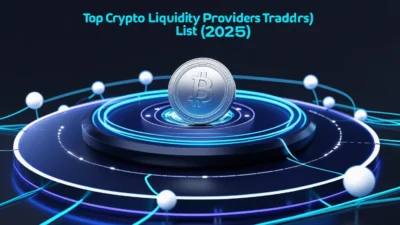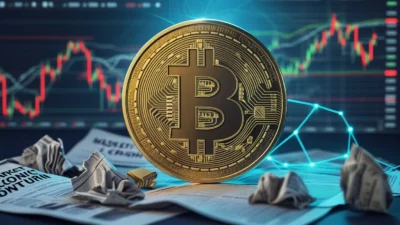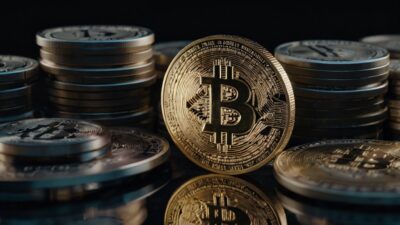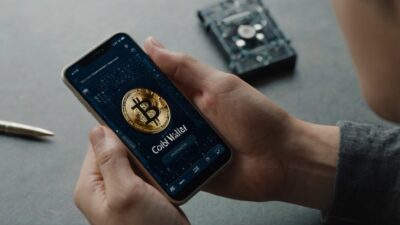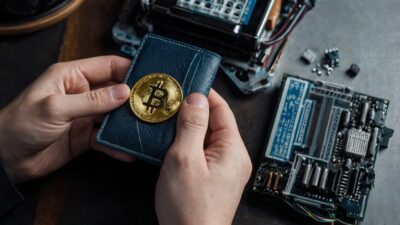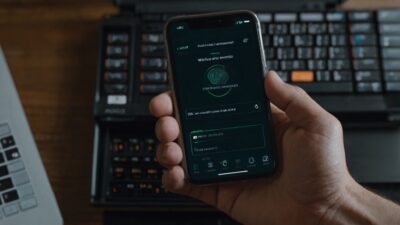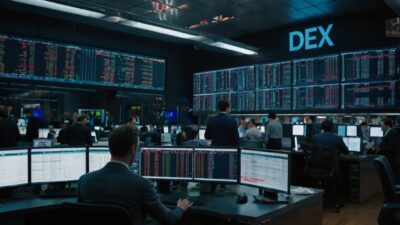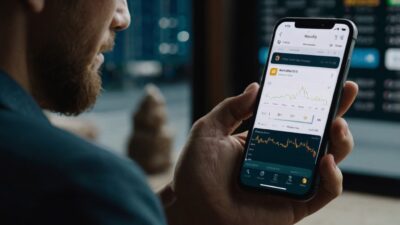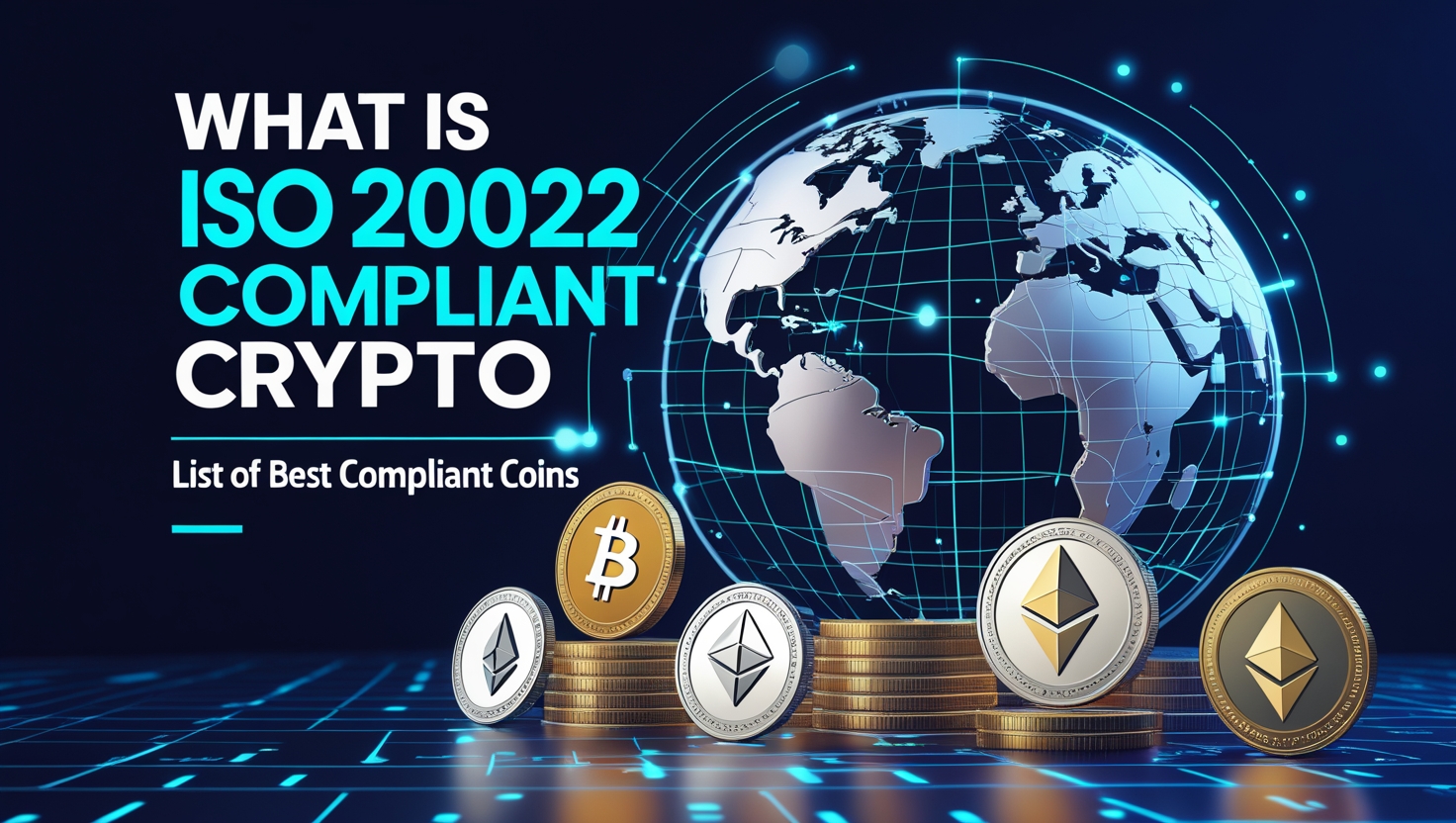
ISO 20022-compliant cryptocurrencies are becoming a new favorite of institutions and regulators as they facilitate cross-border payments, support regulatory frameworks, enable enterprise-grade integration, reduce friction, and align with SWIFT’s modernization efforts.
They provide structured and secure communication between financial systems. Cryptocurrencies that align with this standard can integrate seamlessly with banking systems, payment networks, and central bank digital currencies (CBDCs).
We have a curated list of the 10 best ISO 20022-compliant cryptocurrencies and how they are paving the way for the DeFi systems to become an integral part of financial institutions in the near future.
What is the ISO 20022 Standard?
ISO 20022 is an internationally agreed-upon XML-based framework to enable consistent and machine-readable data exchange across financial systems. ISO 20022 enables the transmission of detailed transaction information, a standardized message structure, and improved automation and reconciliation, unlike older systems such as SWIFT MT.
ISO 20022 is ideal for modern financial ecosystems, and it offers the following benefits.
- Structured and rich data to carry more granular information, reducing ambiguity and manual intervention.
- Real-time processing to support instant payments and faster settlement cycles.
- Interoperability for seamless communication between diverse financial institutions and systems.
- Regulatory compliance to meet evolving regulatory requirements due to standardized data formats.
ISO 20022 plays a crucial role in facilitating cross-border payments, thereby reducing delays and errors. It also improves transparency and traceability by enabling richer remittance data for better reconciliation.
ISO 20022 is gaining worldwide traction as SWIFT has moved to its systems in 2023. Central banks and financial institutions across Asia, Europe, and America are adopting it for payments and trade finance. Real-time systems like FedNow (U.S) and Sepaare are already built on the ISO 20022 standard.
By the end of 2025, ISO 20022 is expected to become the dominant standard globally for high-value payments, making it an inevitable force for the financial systems.
What Does It Mean for a Crypto to Be ISO 20022 Compliant?
For a cryptocurrency to be ISO 20022 compliant, it must be compatible with the structured and data-rich messaging format used by financial institutions worldwide. It means the compliant cryptocurrency must communicate effectively with the legacy banking infrastructure.
The transactions with the cryptocurrency must carry standardized metadata for easy audit and reconciliation. Once a cryptocurrency is ISO 20022 compliant, it makes it easier for the currency to meet financial regulations and reporting standards.
As traditional finance (TradFi) and banks rapidly adopt the ISO 20022 standard, compliant cryptocurrencies can integrate into the central bank digital currency (CBDC) framework. It also makes it easier for these currencies to support cross-border payments and enable smart contracts/tokenized assets within regulated environments.
Due to this, it becomes easier for cryptocurrency to be adopted by institutions, which has been the longest-standing barrier to its mainstream use. Once a cryptocurrency becomes ISO 20022 compliant, it gains institutional trust with banks and governments.
These cryptocurrencies can be utilized in real-world applications and become future-proof, enabling them to thrive in the evolving financial landscape.
Why ISO 20022 Compliant Cryptos Matter?
ISO compliant cryptocurrencies are extremely important as they bridge the gap between DeFi and TradFi systems. These currencies gain institutional trust as compliance signals maturity and reliability. This makes it easier for banks and governments to consider integrating these crypto assets into their systems.
Through ISO 20022, cryptocurrencies achieve a structured and standardized data format to meet regulatory requirements. This also makes it easier to use these currencies in cross-border payments and CBDCs, where interoperability and data transparency are crucial.
ISO 20022 compliance makes cryptocurrencies more attractive to long-term investors due to their future-proofing capabilities. This enables the adoption, integration, and scaling of currencies to offer sustained growth and utility.
Best ISO 20022 Compliant Crypto List
With the introduction of the ISO 20022 standard, many cryptocurrencies are emerging as compliance-ready digital assets. Below is a list of the 10 best ISO 20022 compliant cryptocurrencies in 20022.
| Crypto | Use Case | ISO 20022 Role | Institutional Adoption |
| XRP | Cross-border payments | Officially aligned with SWIFT | Bank of America, SBI, Santander |
| XLM | Retail remittance | Functionally compliant | IBM, MoneyGram, Franklin Templeton |
| XDC | Trade finance & tokenization | Listed & compliant | R3, Tradeteq, SBI |
| ALGO | CBDCs & payment rails | ISO trial participant | European Central Bank, Koibanx |
| ADA | Identity & smart contracts | Functionally aligned | Ethiopia, World Mobile, U.S. pilot |
| IOTA | IoT payments & ESG data | Data-standard aligned | UN, Dell, Trademark EA |
| HBAR | Enterprise tokenization | Structurally aligned | Google, Dell, IBM |
| QNT | Blockchain interoperability | Compliance-ready | Bank of England, Nexi, LACChain |
| COREUM | RWA tokenization & smart tokens | Specialized ISO fit | Sologenic ecosystem |
| VET | Supply chain & carbon tracking | Regulatory fit | Walmart, BMW, PwC |
1. Ripple (XRP)
XRP is the digital asset of the Ripple network. It is designed for fast and low-cost international transfers and acts as a bridge currency between Fiat currencies, thus enabling liquidity in seconds.
While XRP is not fully ISO 20022 compliant, its parent company, Ripple, has joined ISO 20022 as the first blockchain firm to do so. This has enabled financial institutions to integrate XRP into compliance systems without altering legacy systems.
XRP is primarily used for cross-border payments and real-time settlements. Its speed and carbon-neutral footprint make XRP ideal for financial institutions seeking efficient global payment systems.
2. Stellar (XLM)
XLM, a token of the decentralized chain Stellar, is a bridge asset for converting between currencies and settling transactions efficiently. Stellar supports the ISO 20022 standard through SEP-9 and SEP-31, which enables the exchange of KYC data and secure cross-border payments.
XLM is primarily used for retail remittances and B2B payments. Due to its streamline compliance and reduced transaction costs, XLM is a strong candidate for global financial inclusion.
3. XDC Network (XDC)
The XDC Network is an enterprise-grade blockchain designed specifically for global trade finance and the tokenization of real-world assets (RWAs) through its native token, XDC.
The XDC Network has the ISO 20022 standard integrated into its infrastructure, which allows it to perform seamless transactions with TradFi systems like SWIFT. This allows XDC to support secure and real-time transactions across borders.
XDC is primarily used for trade finance, including invoice factoring and tokenized bonds. Due to its low fees, fast transaction speeds, and regulatory alignment, XDC is ideal for SMEs seeking compliant blockchain solutions.
4. Algorand (ALGO)
Created by MIT professor Silvio Micali, Algorand is a high-performance layer 1 blockchain designed for speed and security. Its native token, ALGO, is considered ISO 20022 compliant due to its ability to support structured financial messaging and alignment with institutional standards.
ALGO is primarily used for smart contracts and CBDC infrastructure. Due to its fast settlement and regulatory-friendly design, ALGO is gaining traction with governments and banks seeking programmable money solutions.
5. Cardano (ADA)
Cardano is a research-driven, PoS blockchain focused on scalability and security. Its native token, ADA, is used for transactions and smart contracts.
While not certified by a central authority, Cardano is considered ISO 20022 compliant due to its structured data architecture and alignment with the financial messaging standard. Its registration with DTIF further enhances its compatibility with banking systems.
ADA is primarily used for smart contracts, decentralized applications (dApps), and identity solutions. Due to its layered architecture and formal verification methods, ADA is ideal for governments and financial institutions seeking secure and scalable blockchain solutions.
6. IOTA (IOTA)
IOTA uses a unique architecture called Tangle, a Directed Acyclic Graph (DAG), which eliminates miners and allows microtransactions with minimal energy consumption. While it is not officially ISO 20022 compliant, IOTA has proposed to integrate its Tangle protocol with ISO 20022 standards.
IOTA is primarily used for micropayments and IoT-based financial systems. Its feeless transactions and scalable architecture make IOTA ideal for supply chain automation and ESG data tracking.
7. Hedera (HBAR)
Hedera is a public distributed ledger that uses a unique algorithm called Hashgraph. It offers high throughput and energy efficiency. HBAR, its native token, is used for transaction fees and dApp operations.
Hedera is ISO 20022 compliant because of its alignment with structured financial messaging. It has also made partnerships with central banks and payment providers by taking steps that support integration with TradFi.
HBAR is primarily used for enterprise applications and CBDC pilots. Due to its fast and low-cost infrastructure, HBAR is ideal for regulated environments such a government-backed digital currencies.
8. Quant (QNT)
Quant is powered by its native token, QNT. It is used to enable communication between blockchains and TradFi systems through its unique technology, Overledger.
Quant is considered ISO 20022 certified because Overledger supports integration with ISO 20022 messaging formats. It makes Quant a bridge between DeFi systems and legacy networks.
QNT is primarily used for secure, interoperable data exchange across blockchains and financial platforms, including CBDCs and regulated DeFi. Due to its partnership with the Bank of England and LACChain has made QNT a key player in modern financial systems.
9. Coreum (COREUM)
Coreum is a layer 1 enterprise-grade blockchain powered by its token, COREUM. It integrates the ISO 20022 standard at the protocol level, enabling encrypted and structured financial messages to be performed on-chain.
COREUM is primarily used for real-time financial messaging, tokenized asset transfers, and automated smart contract workflows. Due to its speed and data precision, in addition to compliance, COREUM is adopted by banks and enterprises as a powerful tool for modernizing financial infrastructure.
10. VeChain (VET)
VeChain is an enterprise-focused blockchain designed to enhance transparency and product authentication across industries like healthcare through its native token, VET. VeChain is currently pursuing ISO 20022 compliance through its infrastructure development and a pending trademark for financial services (V3TR).
VET is primarily used for supply chain tracking and tokenized asset transfer. Due to its programmable smart contract wallets and account abstraction, VET is suitable for secure and real-time financial applications.
Which Popular Cryptos Are Not ISO 20022 Compliant (Yet)?
A lot of famous cryptocurrencies like ETH and BTC are still not ISO 20022 compliant as they lack an XML-based, data-rich format required for compliance. Without ISO 20022 alignment, it is extremely difficult for these currencies to be adopted by traditional banks.
While these currencies thrive in retail and DeFi ecosystems, they play a limited role in CBDCs and cross-border payments. Below is a list of all the cryptocurrencies that are not IO 20022 compliant and what is teh reason behind it.
1. Bitcoin (BTC): BTC lacks structured messaging, designed for p2p value transfer without metadata. This limits BTC’s integration with banks and payment systems.
2. Ethereum (ETH): Ethereum lacks native ISO 20022 support and standardized financial messaging. This makes it impossible to use ETH for financial messaging or compliance.
3. Solana (SOL): Solana is a high-speed Layer 1 with no ISO 20022 integration and is solely focused on dApps and NFTs. This makes Solana unfeasible for financial messaging and interoperability.
4. Polygon (MATIC): Polygon is a layer 2 scaling solution for Ethereum, but it doesn’t contain an ISO 20022 messaging layer. This makes Polygon an unsuitable option for financial workflows.
5. Shiba Inu (SHIB): SHIB is a meme coin without any focus on enterprise or financial messaging, making it incompatible with the ISO 20022 standard.
ISO 20022 and the Future of Crypto Regulation
ISO 20022 is not only a financial messaging standard, but also a gateway to regulatory compliance and a means to successfully integrate cryptocurrencies into financial systems. ISO 20022 provides a unified language for financial data that enables structured and machine-readable communication between institutions.
Cryptocurrencies that align with the ISO 20022 standard mean they get interoperability with banks and payment systems. They also receive standardized transaction metadata for compliance and auditing purposes. Certified cryptos are easier to integrate into SWIFT and central banking systems.
Cryptos that adopt ISO 20022 can embed KYC/AML data into transactions and support automated reporting and monitoring. They can also facilitate cross-border payments securely.
Central banks seeking CBDCs are building on ISO 20022-compatible frameworks. By adopting ISO 20022, crypto projects can position themselves to collaborate with governments and potentially serve as the backbone for digital fiat systems.
Summing It Up
ISO 20022 is not just a technical upgrade; it is a massive leap toward regulatory alignment and institutional trust. It allows interoperability, regulatory readiness, institutional appeal, CBDC compatibility, and future-proofing for compliant cryptocurrencies.
It is essential for developers and investors to closely monitor this development, as it represents the next wave of digital finance. Follow SWIFT, central banks, and check blockchain systems that are adopting the ISO 20022 standard.
You can also join Dypto-Crypto and sign up for our free newsletter to get all the latest information and learn more about the ISO 20022 standard.
FAQs (Frequently Asked Questions)
Q: How do I know if a crypto is ISO 20022 compliant?
A: Check the project’s official channel, look for digital token identifiers (DTIs), and explore our curated list above.
Q: Will ISO 20022 affect crypto prices?
A: Yes, especially for the systems that are directly aligned with the ISO 20022 standard, due to institutional adoption, regulatory favorability, and market differentiation.
Q: Is ISO 20022 mandatory for cryptocurrencies?
A: No, at least not in the current landscape.
Q: How does ISO 20022 relate to CBDCs and stablecoins?
A: ISO 20022 is the glue that binds digital currencies to global finance systems. It allows CBDCs and stablecoins to integrate seamlessly, support regulatory oversight, and enable future-proof innovation.
Q: What are the risks of non-compliant cryptocurrencies?
A: Limited institutional adoption, regulatory barriers, reduced utility in global finance, limited market perception & legitimacy, and technical integration challenges.

